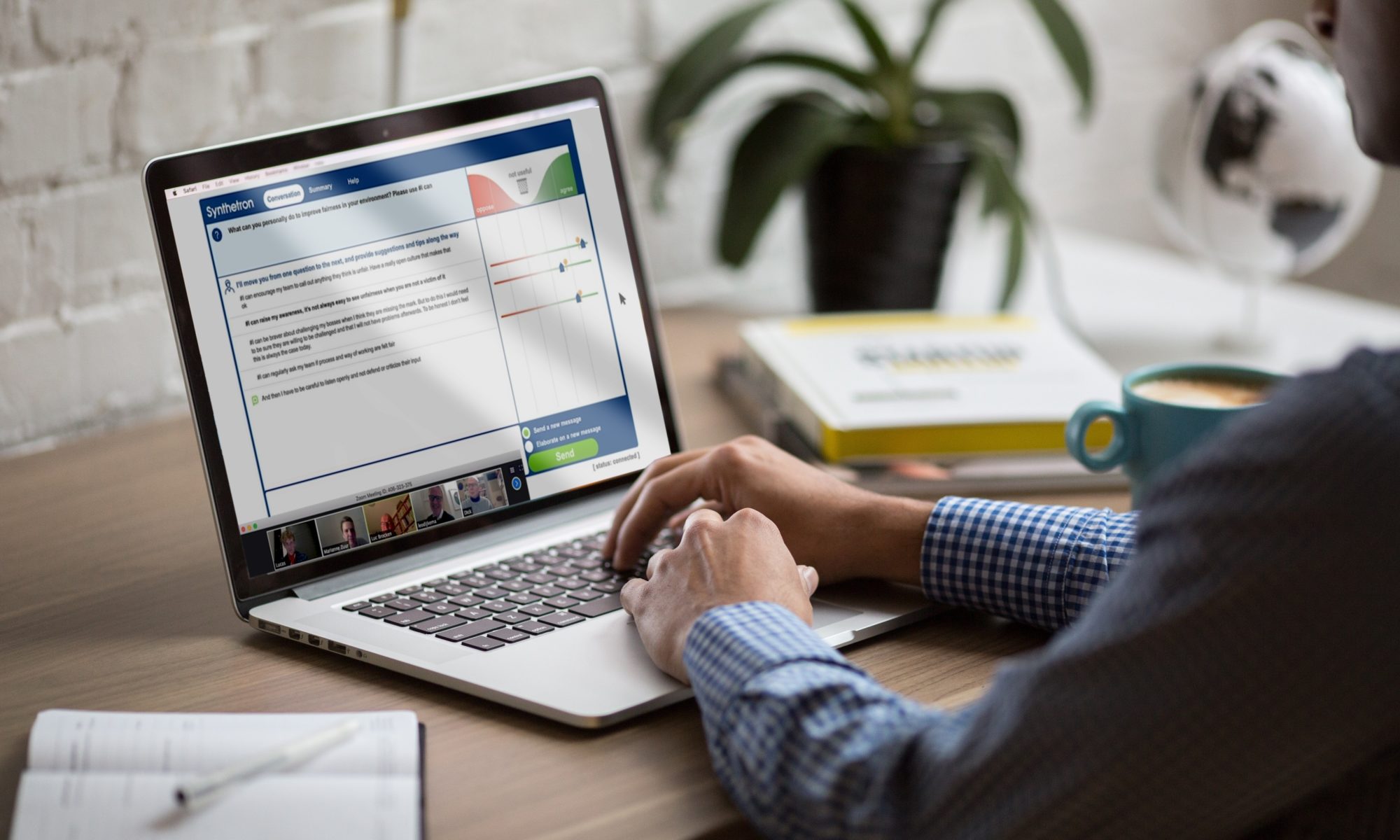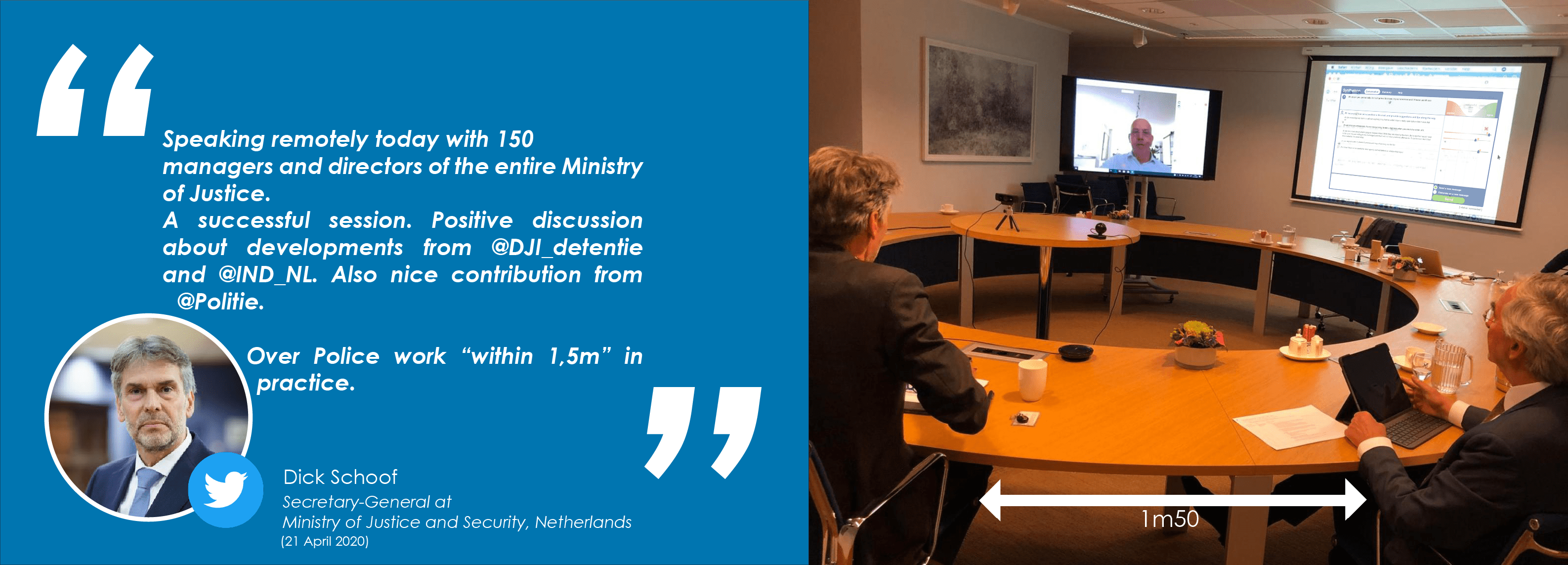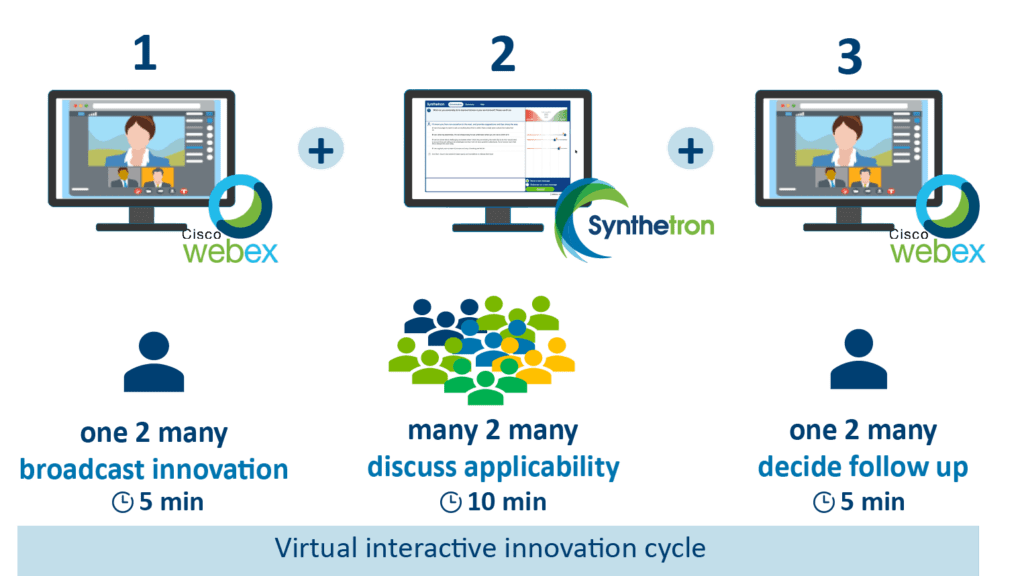How a national industry body used Synthetron to engage their members to set a vision for their industry & assess the support they needed in navigating COVID19.
Situation
The client and their needs
Our client was a peak national industry body. In partnership with their eight state and territory associations, they wanted to engage their members in a conversation about their industry’s future and to better understand the optimal service offerings and governance framework their members wanted.
The industry and its character
The members of the national and state industry associations are from the for-profit and the not-for-profit sectors, and vary considerably in terms of their governance arrangements, size and needs.
The task
The client asked Synthetron to engage their members in a conversation about the future of the industry, the value they placed on the services provided by the industry association, and what they wanted to see from their associations in the future.
Pause and think about this… 134 member organisations engaged in a conversation that yielded 1503 ideas and 745 agreements, and all in only 60 minutes.
Approach
The questions explored during the Synthetron conversation
- What services provided by the national and state/territory associations have been helpful in dealing with the pandemic?
- What support is required as we move out of isolation?
- What is your vision or ideas for our industry over the next five years?
- What does success look like for your organisation?
- Which of our services do you consider essential and which do you not consider essential?
- How do you think these services should be paid for or funded?
- What is the key message you’d like to share?
Results
The outcome – Key Agreements
- Vision – A high level of agreement was reached by members for eight key ideas that could be broadly grouped into two themes – industry reputation, and accessibility and quality of services.
- Definition of Success – A high level of agreement was reached by members for 15 key ideas that could be broadly grouped into several themes – transitioning out of COVID, customer relationship management, service affordability for customers, industry profitability, industry governance, and industry reputation.
- Key messages – Members believed that the national and state associations needed to rationalise their respective roles, review their membership and fee structure, and explore opportunities to be more creative and member-orientated.
The outcome – The character of the Agreements
This particular Synthetron session revealed that:
- The level of member agreement was strongest when discussing the vision for the industry
- The level of member agreement was weaker when discussing how to fund services, and
- The most number of agreements were reached when discussing the services members want and what success looks like
The power of insight
Synthetron is powerful in its capacity to virtually engage large numbers of participants, explore a large numbers of ideas, and distil the areas of agreement and disagreement in a short amount of time. And the resulting “data feast” enables clients to drill down and analyse what participants said by any number of demographic variables.
The analytical capability that Synthetron offers clients makes the platform unique and powerful. In this instance, Synthetron was able to provide a deep dive analysis of the data for the client by industry sector (six variables), jurisdiction (eight variables), size of member (five variables) or any combination of the resulting hundreds of ways of drilling down to compare and contrast what members with different characteristics said.
This yielded the client with deep and valuable insights. For example, in relation to the proposal for industry association services to be funded on a user-pays model, there was a divergence of opinion between large and small members and between jurisdictions.
Such analytical capability enabled the industry association to really understand what their members thought and where agreement converged and diverged.
Synthetron’s support on the project:
What we did
- Designed the engagement strategy in partnership with the client.
- Designed and sent out invitations to industry members to join the conversation.
- Managed registration for the conversation.
- Designed the conversation script for the Synthetron discussion in consultation with the client.
- Moderated the Synthetron conversation with the nine national and state industry bodies watching the conversation evolve in real time.
- Produced a 17-page report for the client on key outcomes and findings inside three days.
- Produced a deep-dive 103-page analysis for the client exploring members’ perspectives by member size, jurisdiction, and industry sector.
You want to get in touch with the Synthetron consultants who worked on this case to see what they can mean for your organisation?















